
Copernical Team
Russia's only female cosmonaut says 'ready' for Crew Dragon flight
 Russia's only active female cosmonaut, Anna Kikina, said Friday she was ready for her upcoming flight to the International Space Station aboard Space X's Crew Dragon.
The flight, scheduled for October 3, is set to go ahead despite soaring tensions between Moscow and Washington over Russia's military intervention in Ukraine.
Kikina, a 37-year-old engineer, will be only the fifth professi
Russia's only active female cosmonaut, Anna Kikina, said Friday she was ready for her upcoming flight to the International Space Station aboard Space X's Crew Dragon.
The flight, scheduled for October 3, is set to go ahead despite soaring tensions between Moscow and Washington over Russia's military intervention in Ukraine.
Kikina, a 37-year-old engineer, will be only the fifth professi Quantum Dot instrument enables spacecraft-as-sensor concept
 In NASA's hunt for water and resources beyond Earth, a new technology could coat the "skin" of a satellite, turning its entire surface into a sensor that tallies the chemicals present on distant planets.
Solving the mysteries of our home planet, solar system, and beyond is a key priority for NASA, and the new sensor could be a powerful tool in the investigation. Mahmooda Sultana, an instru
In NASA's hunt for water and resources beyond Earth, a new technology could coat the "skin" of a satellite, turning its entire surface into a sensor that tallies the chemicals present on distant planets.
Solving the mysteries of our home planet, solar system, and beyond is a key priority for NASA, and the new sensor could be a powerful tool in the investigation. Mahmooda Sultana, an instru New research sheds light on when Mars may have had water
 Scientists on NASA's Perseverance mission made a surprising discovery about the composition of rock in Jezero Crater, one that will help them get a better idea of when water existed on Mars, and ultimately, help them understand if the red planet was ever habitable to microbial life.
"The SuperCam instrument suite of remote chemical and mineralogical tools on the Perseverance rover has made
Scientists on NASA's Perseverance mission made a surprising discovery about the composition of rock in Jezero Crater, one that will help them get a better idea of when water existed on Mars, and ultimately, help them understand if the red planet was ever habitable to microbial life.
"The SuperCam instrument suite of remote chemical and mineralogical tools on the Perseverance rover has made Protecting Artemis and lunar explorers from space radiation
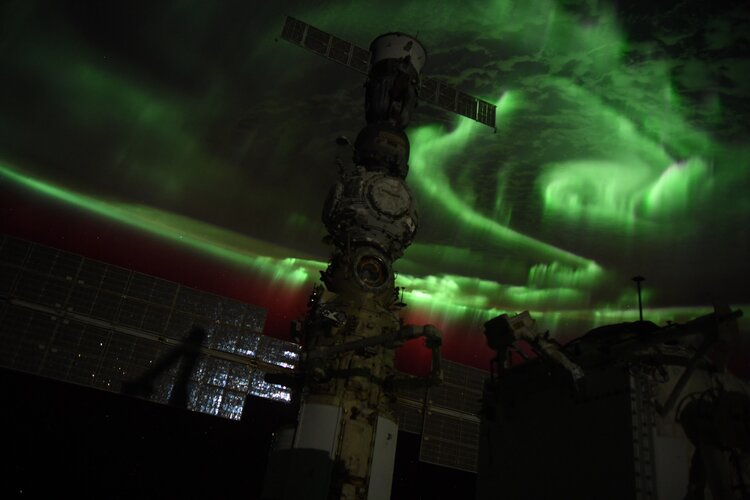
Week in images: 22-26 August 2022
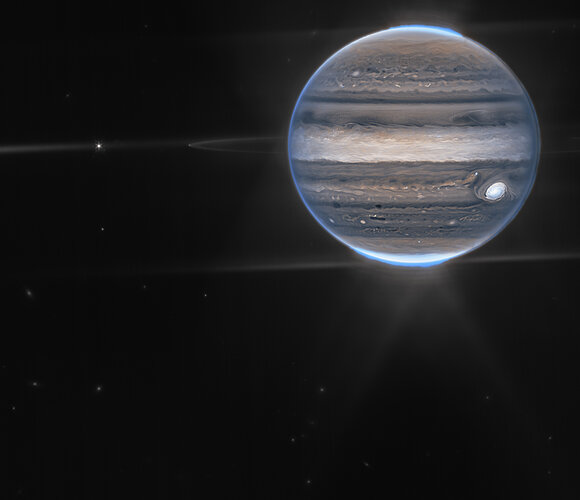
Week in images: 22-26 August 2022
Discover our week through the lens
ESA Open Day at ESTEC on Sunday 2 October
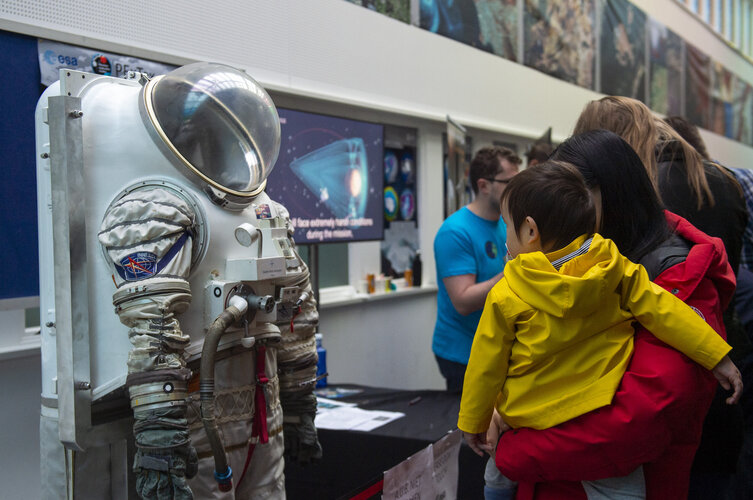
Save the date: this year’s 11th annual ESA Open Day at ESTEC in the Netherlands is confirmed to take place on Sunday 2 October. One of a string of ‘ESA Days’ across Member States, this is the day when the gates of the Agency’s technical heart will be thrown open to the general public, to see space hardware and testing facilities and meet space scientists, engineers and ESA astronauts.
Sunrise for the Moon
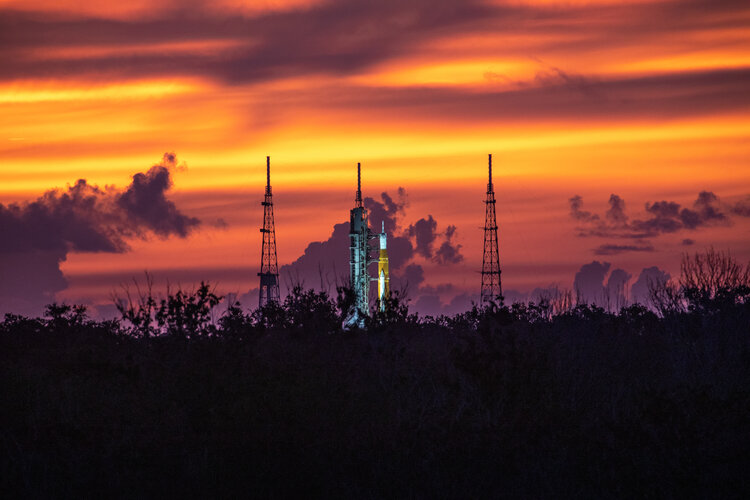 Image:
Image:
The Orion spacecraft with integrated European Service Module sit atop the Space Launch System, imaged at sunrise at historic Launchpad 39B at Kennedy Space Center in Florida, USA.
The Flight Readiness Review has deemed the trio GO for launch, marking the dawn of a new era in space exploration.
The first in a series of missions that will return humans to the Moon, including taking the first European, Artemis I is scheduled for launch no earlier than Monday 29 August, at 14:33 CEST.
This mission will put NASA’s Orion spacecraft and ESA’s European Service Module to the test during a
ESA astronaut rad-detectors on Artemis
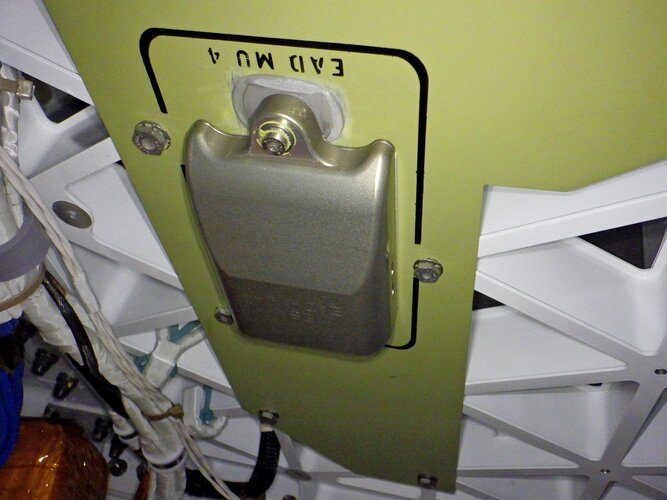 Image:
ESA astronaut rad-detectors on Artemis
Image:
ESA astronaut rad-detectors on Artemis SpaceX and T-Mobile unveil satellite plan to end cellphone 'dead zones'
 Elon Musk's SpaceX satellites will connect directly to T-Mobile cellphones to provide service access even in the most remote places beyond the reach of cell towers from next year, the two companies announced Thursday.
The new service, which will work on existing cellphones and utilize SpaceX's network of thousands of Starlink satellites in Earth's orbit, will begin offering text messaging se
Elon Musk's SpaceX satellites will connect directly to T-Mobile cellphones to provide service access even in the most remote places beyond the reach of cell towers from next year, the two companies announced Thursday.
The new service, which will work on existing cellphones and utilize SpaceX's network of thousands of Starlink satellites in Earth's orbit, will begin offering text messaging se Webb telescope finds CO2 for first time in exoplanet atmosphere
 The months-old James Webb Space Telescope has added another major scientific discovery to its growing list: detecting for the first time signs of carbon dioxide in the atmosphere of a planet outside our solar system.
Although the exoplanet would never be able to support life as we know it, the successful discovery of CO2 gives researchers hope that similar observations could be carried out o
The months-old James Webb Space Telescope has added another major scientific discovery to its growing list: detecting for the first time signs of carbon dioxide in the atmosphere of a planet outside our solar system.
Although the exoplanet would never be able to support life as we know it, the successful discovery of CO2 gives researchers hope that similar observations could be carried out o 